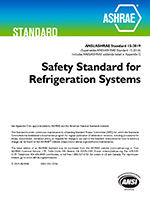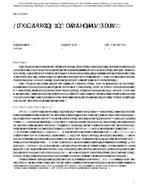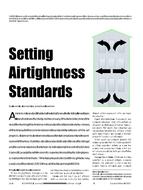This paper describes a portion of a study that investigated the reduction of energy consumption in grocery stores in a hot and humid climate. The first part of the study investigated the maximum possible savings that can be obtained when implementing energy-efficiency measures(EEMs)in a grocery store. The second part of the study examined the option of implementing combined heat and power (CHP) technologies to power the grocery store and a portion of the community to further reduce the energy consumption of the grocery store and the surrounding community. In this paper, the impact of installing aCHPsystem to primarily meet the electricity and thermal energy requirements of the grocery store was analyzed. In addition, instead of being considered as an individual entity, the grocery store was considered as part of the community in terms of sharing energy across the boundaries of the grocery store. Any surplus energy generated on-site within the boundary of the grocery store was exported across the boundary of the store, which in this study was assumed to be the surrounding residential community. Four options of CHP technologies for the grocery store were selected and analyzed. The selection process was based on varying the utilization of thermal energy being generated by the CHP facility. Finally, an economic assessment was performed that assessed the energy cost savings and the incremental costs associated with the implementation of CHP systems in the grocery store. The economic assessment was performed using several economic indices, such as assessing the simple payback period, the net present value (NPV) of the project and the time taken until zero NPV, the internal rate of return (IRR), and the investor’s simple returnoninvestment (IROR). In conclusion,47%–54%savings in source energy1 over the corresponding base case scenario consumption were achieved by implementing the options for CHP described in this study. The corresponding payback period calculated in number of years to zero NPV was in the range of 4.0–7.1 years and the IRR was in the range of 19%-30%.
Citation: ASHRAE Transactions – Volume 121, Part 1, Chicago, IL
Product Details
- Published:
- 2015
- Number of Pages:
- 22
- File Size:
- 1 file , 6.8 MB
- Product Code(s):
- D-CH-15-023


